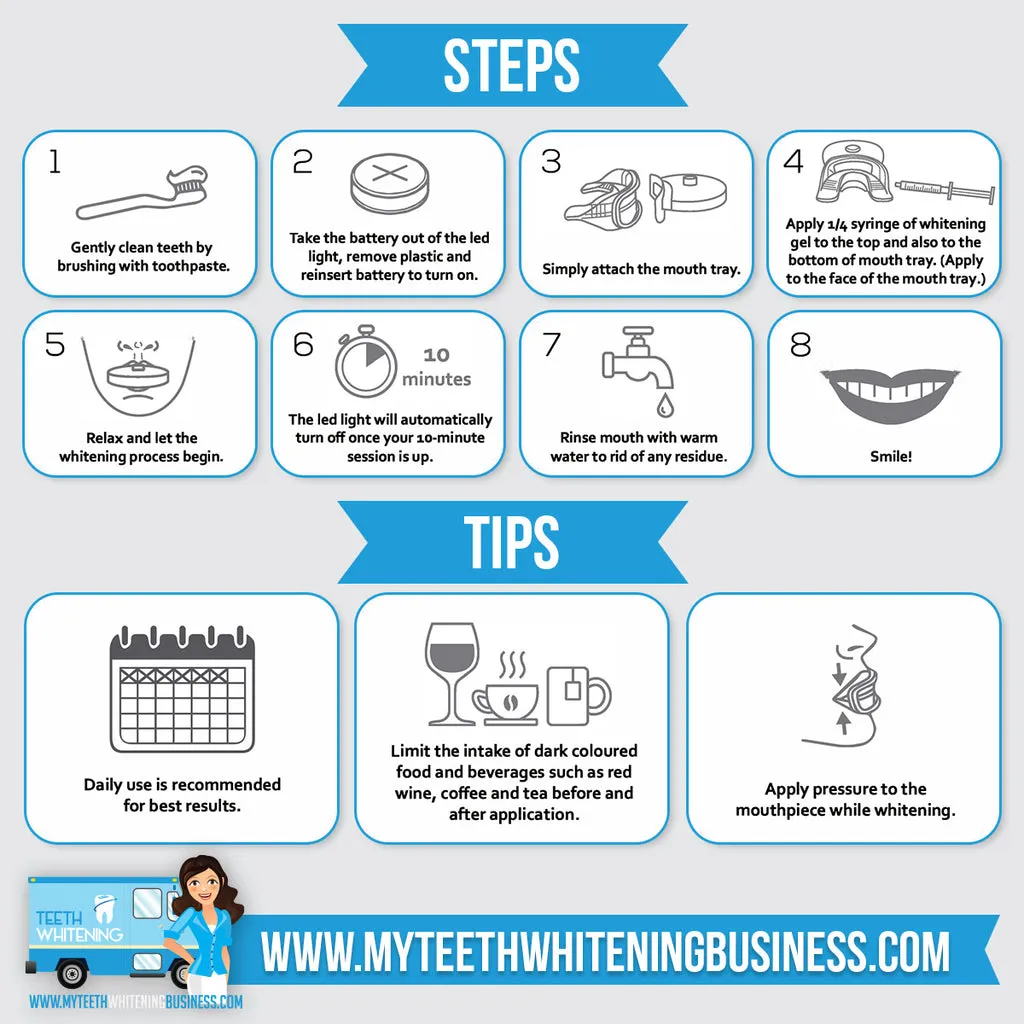Understanding Teeth Whitening Trays
Teeth whitening trays have become a popular method for achieving a brighter, more confident smile. These trays, designed to hold whitening agents against your teeth, offer a convenient way to lighten the shade of your enamel. But how do they work, and what types are available? Understanding the basics is essential for anyone considering this cosmetic procedure. This article will provide valuable tips to maximize the effectiveness of your teeth whitening tray treatment and achieve the best possible results. Whether you’re looking to eliminate stains from coffee, tea, or simply enhance your natural tooth color, teeth whitening trays offer a practical solution. By following the right guidelines, you can safely and effectively transform your smile.
The Science Behind Teeth Whitening Trays
The process of teeth whitening using trays is rooted in the science of chemical reactions. Whitening agents, typically containing hydrogen peroxide or carbamide peroxide, penetrate the enamel and dentin of your teeth. These agents break down the stain molecules that cause discoloration. The effectiveness depends on the concentration of the whitening agent, the duration of the treatment, and the frequency of use. These trays are designed to create a close, comfortable fit around your teeth, which ensures the whitening agent makes maximum contact with the tooth surface. This constant contact is critical for the chemicals to work effectively and evenly across your teeth. Understanding this process can help you appreciate the value of using trays as per the instructions, helping ensure an effective and safe teeth whitening experience.
Types of Teeth Whitening Trays
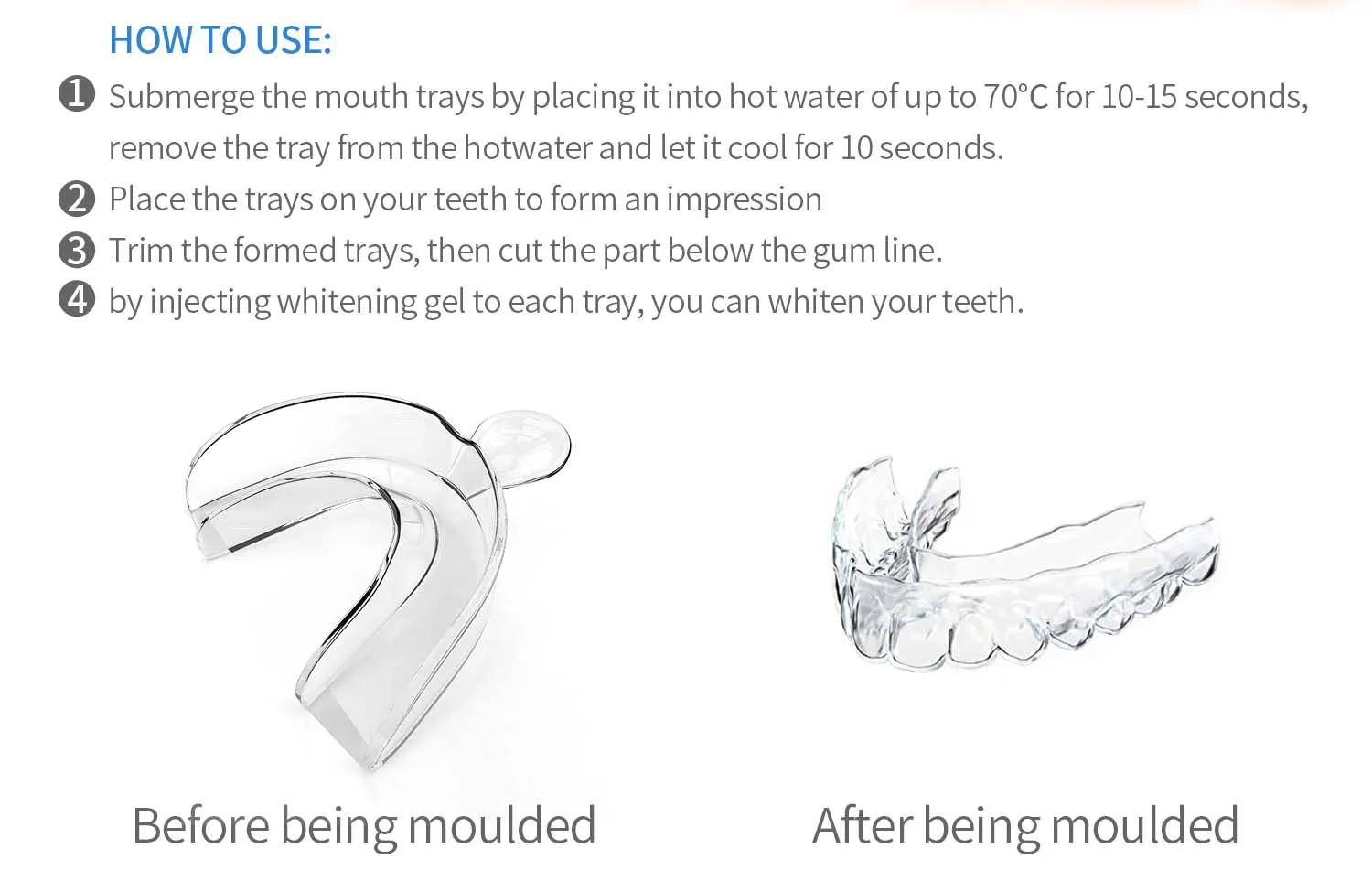
There are several types of teeth whitening trays available, each designed to fit different needs and budgets. The primary distinctions lie in the tray design and the source of the whitening agent. Understanding the differences can help you choose the method that suits you best. Some trays are custom-made by a dentist for the perfect fit, and others are pre-made, offering a more convenient and affordable option. Professional trays often use a higher concentration of whitening agents, providing quicker results but requiring the guidance of a dental professional. At-home trays typically contain a lower concentration of the whitening agent and are designed for self-application. The choice between these depends on your individual needs, the severity of staining, and your dentist’s recommendations.
Custom vs. Pre-made Trays
Custom trays are fabricated by a dentist based on impressions of your teeth. They offer a precise fit, ensuring the whitening agent reaches every surface of your teeth. This precision can lead to more even whitening and reduced gum irritation. Pre-made trays are a more affordable option, readily available over-the-counter. However, they may not fit as snugly, which can reduce the effectiveness of the whitening agent and increase the likelihood of the agent leaking onto your gums. Consider your budget, the level of desired precision, and your dentist’s recommendations when deciding between custom and pre-made trays. The ultimate goal is to get a tray that fits comfortably and allows the whitening agent to work effectively.
Professional vs. At-Home Trays
Professional trays are provided by your dentist and are used in conjunction with a higher concentration of whitening gel. This typically leads to faster results. The dentist will monitor your progress, ensuring that your gums and teeth remain healthy throughout the process. At-home trays can be purchased directly, and they use a lower concentration of whitening agent, making them safer for unsupervised use. While they require more time to achieve the same results, they are more convenient and budget-friendly. Before using any at-home teeth whitening kit, consult your dentist to make sure it is suitable for you. They can assess your oral health and provide advice on the best approach for your individual needs.
Top 5 Tips for Teeth Whitening Tray Results!
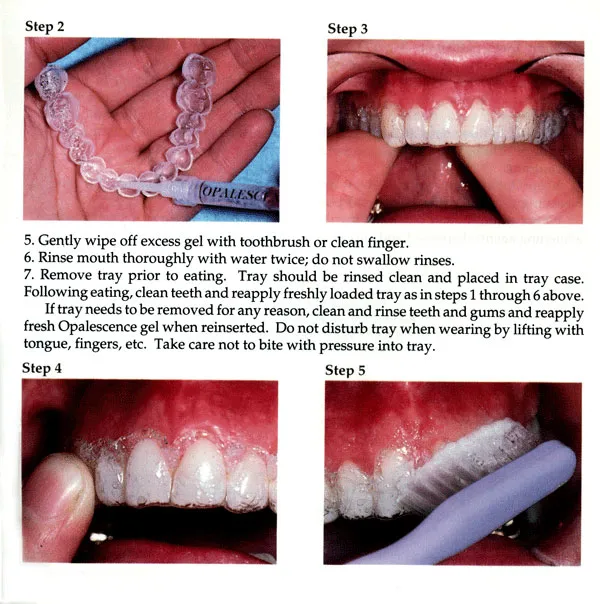
To maximize the effectiveness of your teeth whitening tray, follow these five essential tips. These steps are designed to enhance results, minimize potential side effects, and ensure a safe and satisfying whitening experience. Adhering to these guidelines will increase the likelihood of achieving a brighter, more confident smile. Consistency, preparation, and proper care are the keys to success. By integrating these tips into your routine, you will get the best value from your whitening treatment and achieve the desired outcome. Be patient, as results vary, but with dedication, you can enjoy a radiant, white smile.
Tip 1 Preparation is Key
Preparing your teeth properly is the first crucial step in the teeth whitening process. This involves thorough cleaning and choosing the right whitening agent. Ensuring that your teeth are free from food particles and debris allows the whitening agent to effectively penetrate your enamel. This leads to more even whitening and reduced chances of uneven results. It’s also crucial to select a whitening agent that is safe for your teeth and gums. A dentist can advise you on the best agent based on your sensitivity and whitening goals. Remember to consult your dentist before starting any teeth whitening treatment to ensure it’s appropriate for your specific oral health conditions.
Choosing the Right Whitening Agent
The effectiveness of your teeth whitening treatment depends on the whitening agent you choose. There are various formulations, each with different concentrations of hydrogen peroxide or carbamide peroxide. The higher the concentration, the faster the results, but it may also increase the risk of sensitivity. Consider the level of staining, your sensitivity to teeth, and your dentist’s advice when choosing a whitening agent. Some agents contain additives that can help reduce sensitivity, and others are designed for specific types of stains. Your dentist can also advise on the right concentration and type of product to suit your needs. It is essential to follow the manufacturer’s instructions and dentist’s guidelines to maximize the effectiveness of your teeth whitening procedure.
Cleaning Your Teeth Before Use
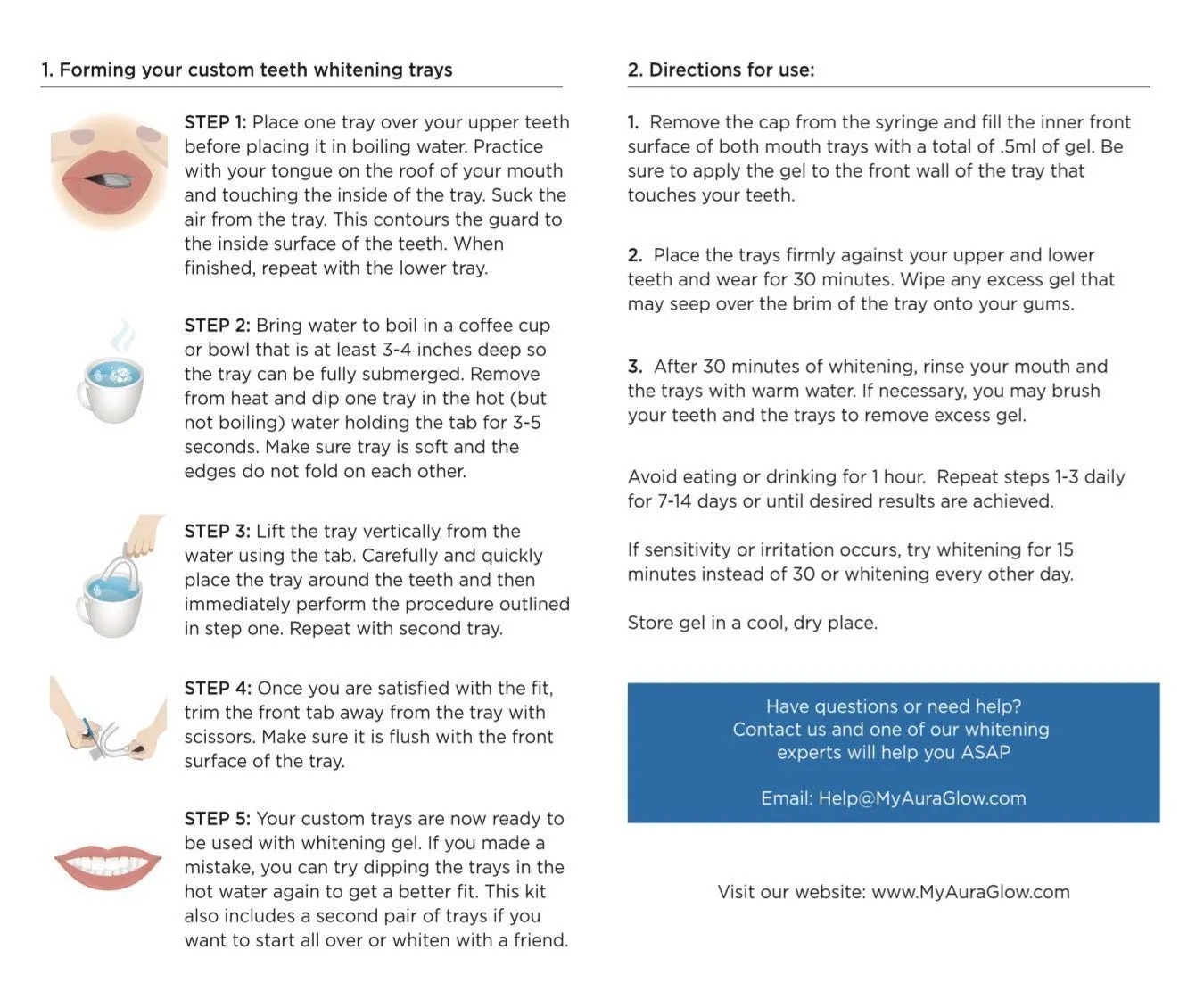
Prior to applying the whitening tray, thoroughly brush and floss your teeth to remove any plaque, debris, or food particles. These particles can act as a barrier, preventing the whitening agent from effectively reaching the enamel. Make sure to rinse your mouth with water to remove any toothpaste residue. This step ensures that the whitening agent comes into direct contact with the tooth surface, maximizing its effectiveness. Cleaning your teeth is a simple yet critical step that significantly impacts the results of your teeth whitening treatment. Consider waiting a short time after brushing before applying the tray to avoid any interference from toothpaste ingredients.
Tip 2 Proper Tray Application
The correct application of your teeth whitening tray is essential for achieving optimal results and minimizing potential complications. This includes avoiding overfilling the tray and ensuring that it fits snugly. Improper application can lead to uneven whitening and potential gum irritation. Take your time and carefully follow the provided instructions to get the best value from the whitening agent. Pay close attention to the amount of whitening gel to use, and ensure the tray fits comfortably, and provides complete coverage of your teeth.
Avoiding Overfilling the Tray
Overfilling your teeth whitening tray can lead to several issues. It can cause the whitening agent to leak out and irritate your gums. This is a common problem when using trays with too much gel. The excess gel can also lead to swallowing the agent, which is undesirable. Start with a small amount of the whitening agent, typically a small bead in each tooth compartment. This will provide an even distribution without spilling over. If you use too much, wipe off the excess with a cotton swab before inserting the tray into your mouth. Following these simple steps can greatly enhance the safety and effectiveness of your whitening treatment.
Ensuring Proper Tray Fit
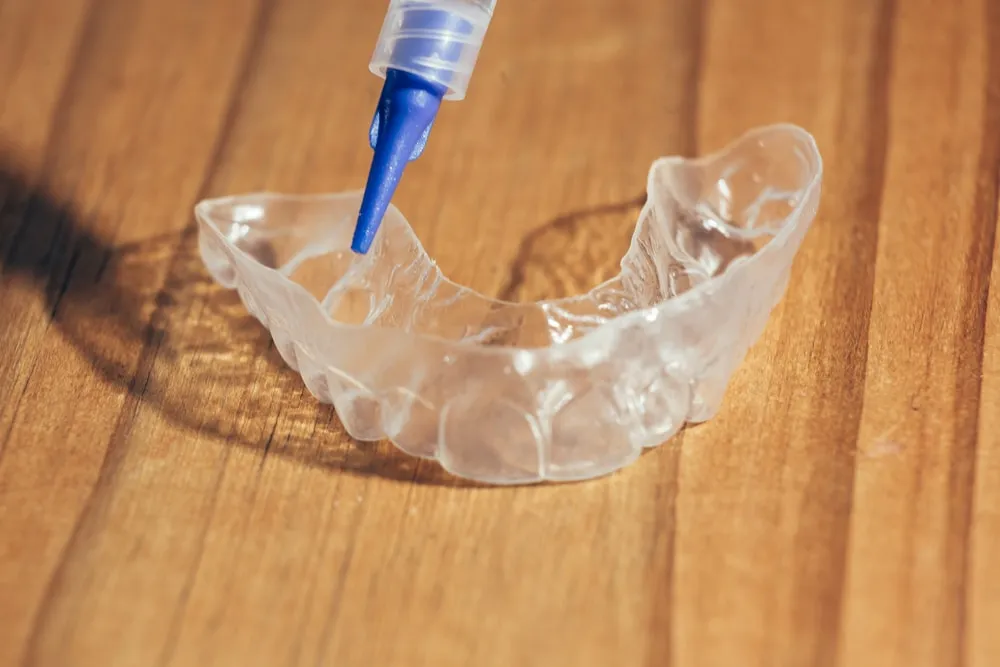
A properly fitted tray is crucial for effective teeth whitening. The tray should sit snugly against your teeth, ensuring the whitening agent makes full contact with the enamel. Any gaps can prevent uniform whitening and increase the risk of sensitivity or gum irritation. If using custom trays, ensure they are properly fitted by your dentist. If using pre-made trays, be sure to select the correct size to achieve the best fit. A good fit ensures the whitening agent is evenly distributed and maximizes its contact with the teeth. This step is crucial for a successful teeth whitening experience.
Tip 3 Consistent Use for Best Results
Consistency is key when using teeth whitening trays. Following a regular schedule helps achieve the desired results within the recommended timeframe. This also includes avoiding interruptions to your treatment. Consistent use allows the whitening agent to work effectively, breaking down stains and lightening the enamel. Skipping sessions or not following the recommended schedule can slow down your progress and compromise the overall outcome. To ensure that your results remain consistent, it is essential to adhere to the advised treatment duration and frequency for your specific whitening product.
Following the Recommended Schedule
The success of your teeth whitening treatment hinges on adhering to the recommended schedule. This typically involves using the trays for a specified amount of time each day, or as directed by your dentist. The time and frequency of use will depend on the strength of the whitening agent and the type of tray. Be sure to follow the provided instructions precisely. It is essential to maintain a consistent schedule to achieve the best results, which will prevent you from experiencing any setbacks in your teeth whitening journey. Keeping a written log of your sessions can help you remain on track and maintain consistency.
Avoiding Interruptions to Treatment
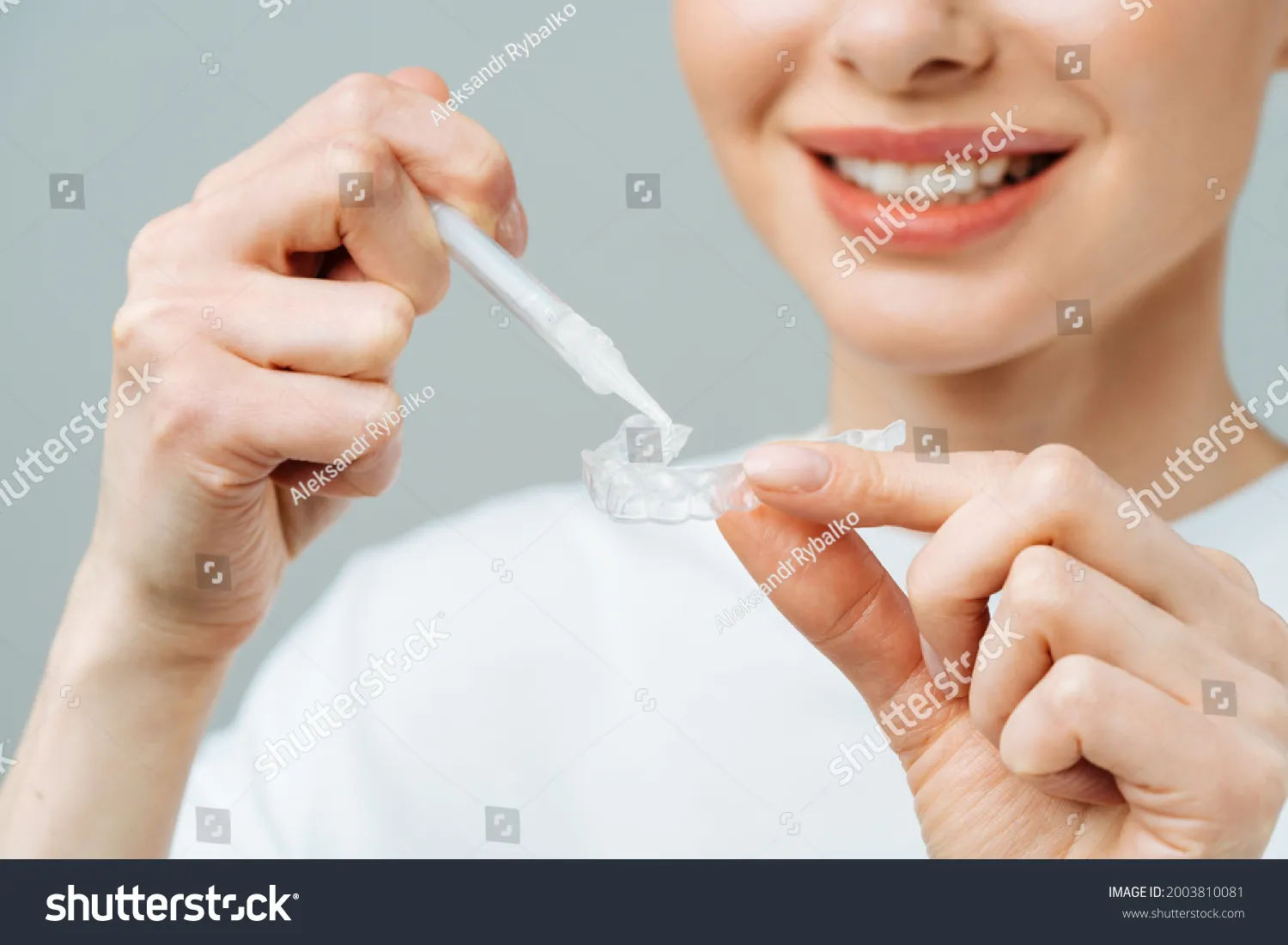
Interruptions can reduce the effectiveness of your teeth whitening treatment. If you must miss a session, try to resume your treatment as soon as possible. Avoid any factors that could negatively impact the whitening process, such as smoking or consuming staining foods and drinks. Consistency in your routine is key to achieving the desired results within the given timeframe. Interruptions, whether due to scheduling conflicts or lifestyle choices, can hinder your progress. Maintain a regular routine to get the best value of your whitening efforts.
Tip 4 Managing Potential Sensitivity
Teeth sensitivity is a common side effect of teeth whitening treatments. The whitening agent can temporarily make your teeth more sensitive to hot and cold temperatures. However, there are several measures you can take to manage and minimize this sensitivity. This includes using a toothpaste for sensitivity and taking breaks when needed. By being proactive, you can reduce the risk of discomfort and continue to brighten your smile effectively. It’s important to listen to your teeth and make adjustments as necessary.
Using Sensitivity Toothpaste
Using a toothpaste formulated for sensitive teeth can help reduce discomfort during your whitening treatment. These toothpastes typically contain ingredients such as potassium nitrate or strontium chloride, which help block the pathways that transmit pain signals from your teeth to your nerves. Start using a sensitivity toothpaste a couple of weeks before you begin your whitening treatment. Continue using it throughout the treatment period and for a few weeks afterward to manage any sensitivity. This will help you to remain comfortable and continue with your whitening routine.
Taking Breaks if Needed
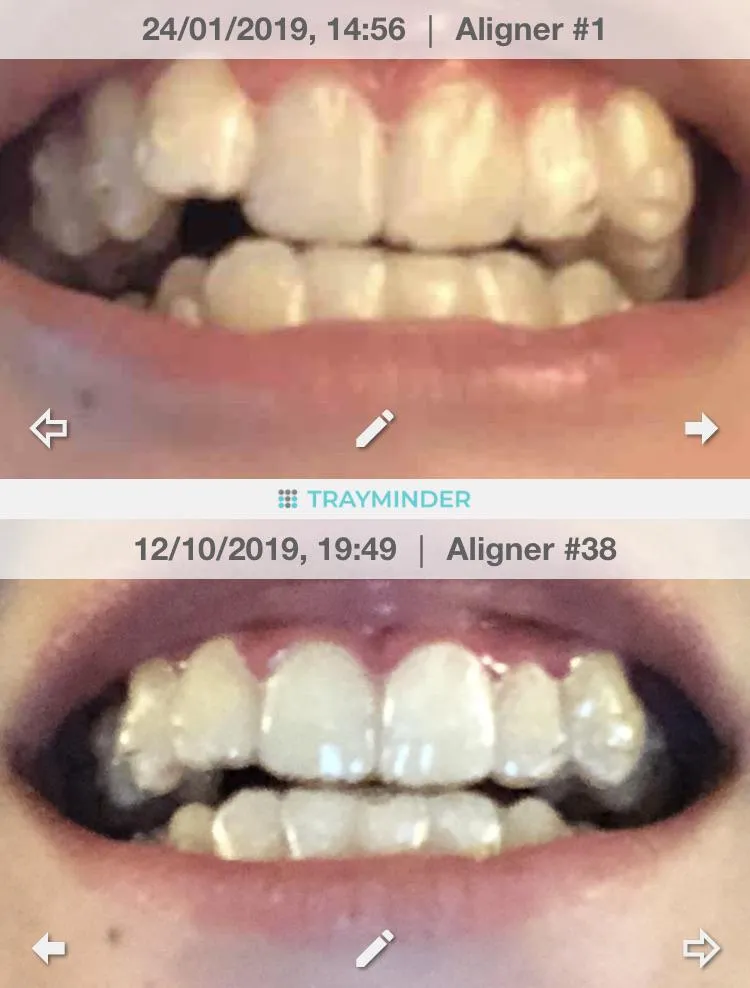
If you experience excessive sensitivity, consider taking breaks from your teeth whitening treatment. Reduce the frequency of your treatments, or shorten the application time. It is better to take a short break to allow your teeth to recover than to push through the pain. Be sure to consult with your dentist before making any changes to the treatment plan. Your dentist can give personalized advice and suggest alternative methods to get the results you want without excessive sensitivity. This ensures you get the maximum value from your efforts.
Tip 5 Post-Whitening Care
Post-whitening care is critical for maintaining your bright, white smile. This involves avoiding staining foods and drinks and maintaining proper oral hygiene. By implementing these strategies, you can extend the life of your whitening results and keep your teeth looking their best. Proper post-whitening care will help you avoid unwanted tooth discoloration. Your efforts to whiten your teeth will deliver maximum value if you implement these post-whitening steps.
Maintaining a White Smile
To maintain your white smile, it is important to develop a post-whitening oral care routine. This includes brushing your teeth twice a day and flossing daily to remove plaque and food particles. Regular dental checkups and cleanings can also help keep your teeth bright. Consider using a whitening toothpaste to maintain the results and avoid factors that could stain your teeth. A comprehensive post-whitening care routine ensures that you can enjoy your new, brighter smile for a long time. Remember to follow your dentist’s instructions and get regular dental checkups.
Avoiding Staining Foods & Drinks
Certain foods and drinks can stain your teeth and negate the effects of your teeth whitening treatment. Be mindful of consuming items like coffee, tea, red wine, berries, and dark sauces. Immediately after whitening, your teeth are more porous and susceptible to staining. Try to limit your intake of staining substances, and consider rinsing your mouth with water after consuming them. Using a straw when drinking beverages can minimize contact with your teeth. Being proactive in your diet can help maintain your radiant smile and help you get the maximum value from your whitening efforts.
Potential Side Effects & How to Handle Them
While teeth whitening trays are generally safe, it is important to be aware of potential side effects. This includes gum irritation and tooth sensitivity. Fortunately, most side effects are temporary and can be managed with simple steps. Be sure to contact your dentist if you have any serious concerns or persistent issues. Early intervention and awareness of possible issues is key to having a positive experience with your whitening efforts. This section provides insights into the common side effects and how to handle them, ensuring a smoother, more comfortable whitening journey.
Gum Irritation
Gum irritation is a common side effect of teeth whitening. This irritation is often caused by the whitening agent coming into contact with your gums. Symptoms can range from mild redness to soreness or even minor blistering. The best way to prevent this is to ensure that your tray fits properly. You can minimize irritation by applying less gel to the tray, being careful not to overfill. If irritation occurs, discontinue use for a day or two and allow your gums to heal. Using a desensitizing toothpaste can also help reduce any irritation. Consult your dentist if the irritation is severe or persistent.
Tooth Sensitivity
Tooth sensitivity is another common side effect during teeth whitening treatment. Your teeth may become temporarily more sensitive to hot and cold temperatures. This is because the whitening agent can temporarily open up the pores in your enamel. To manage sensitivity, use a toothpaste for sensitive teeth, or consider using a fluoride rinse. Avoid excessively hot or cold foods and drinks, and try using the whitening trays less frequently. If the sensitivity is unbearable, it is advisable to take a break from the whitening treatment and consult your dentist. Adjustments to the frequency or the whitening agent may be required.
When to Consult a Dentist
It’s important to know when to consult your dentist during your teeth whitening process. You should seek professional advice if you experience severe gum irritation, persistent tooth sensitivity, or any other unusual symptoms. Your dentist can examine your teeth and gums to rule out any underlying problems. They can also adjust your treatment plan. Consult your dentist if you are not seeing the desired results, or if you are unsure about any aspect of your treatment. Regular check-ups and consultations with your dentist ensure the safety and effectiveness of your teeth whitening journey. Your dentist is your best resource for achieving and maintaining a healthy, beautiful smile.
